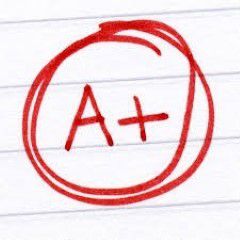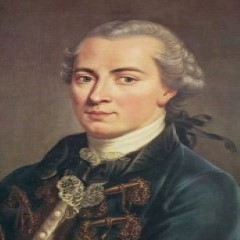PSTAT109: Lab 2 Fall Complete Solution
PSTAT 109: Lab 2 Fall 2015
Instructions: When you nish all problems, ask your TA to check your work.
Submit written responses.
Problem 1. The following table represents di erent probabilities for some events. Events
Prior Conditional Joint Posterior
Probabilites Probabilites Probabilities Probabilities
Ai P(Ai) P(BjAi) P(Ai \ B) P(AijB)
A1 0.35 0.12
A2 0.4 0.08
A3 0.25 0.15
Assuming A1, A2, and A3 are mutually exclusive events whose union is the entire sample
space, copy the table above onto a new Excel worksheet and complete it.
Problem 2 (The Monte Carlo Method). Essentially, the Monte Carlo method is a technique
used to solve a numerical problem through the use of random sampling. It has applications
in physics, engineering, computer graphics, and statistics. Here, we will use the Monte Carlo
method to obtain an approximate solution to the following birthday problem:
What is the probability that (at least) 2 people in a group of 12 will have the same
birthday?
(a) From page 106 of your textbook, what should the theoretical probability be for
this problem?
(b) In cell A11, use the RANDBETWEEN function to randomly choose a number from the
set f1; 2; 3; : : : ; 364; 365g, then using the ll handle, copy and paste this formula 11
times, from cell A12 to A22. This will be our rst random sample of size 12. Each
number in this sample will represent a birth date (excluding leap year birthdays),
and will simulate, say, a choosing a class of 12 students at random.
(c) Highlight the sample and using the ll handle, create 199 more of these random
samples. Start from column B and end to column GR. This will simulate, say, having
200 random classroom each lled with 12 students.
(d) Now, we need check if each of our samples have at least two identical numbers, i.e.,
if we have at least two people with the same birthday. Let us focus on our rst
sample in column A. Copy and paste the following formula into cell A25:
IF(COUNTIF(A11:A22,A11)>1,1,0)
This formula behaves as follows. The function COUNTIF will search for the value in
cell A11 in the given range A11:A22. This count will always be at least 1 (why?).
If result of COUNTIF is greater than 1 (indicating that there is a matching value
somewhere in the range), our formula will output a 1, otherwise, if there is no
match, the output will be 0.
(e) Not only do we to check if any of our numbers in our sample match the rst value,
we need to check if we have matches with the other 11 numbers. So using the ll
handle, copy and paste the same formula from cell A26 to A37. Be sure to use
absolute referencing on the range if you decide to use the ll handle approach.
(f) Next, we need some indication that our sample actually has matching birthdays. In
cell A37, write your own formula that indicates our sample has matching birthdays.
(Hint: One way to do this is to use the COUNTIF and SUM function together.) Apply
step (e) and (f) to the other 199 samples by highlighting the appropriate region
and using the ll handle.
(g) Using the indicator functions constructed in the previous step, count the number
of samples that have matching birthdays. Take this number and divide by 200,
and we now have an approximation solution to the birthday problem above. How
close is your approximate answer to the theoretical answer? How might we obtain
an even more accurate answer?
Problem 3 (Simulating fair dice). In this section we will estimate the probability that the
sum of two fair dice is seven.
1. What is the theoretical probability that the sum of two fair dice is seven?
2. Type =ROUNDDOWN(6*RND(),0)+1 in Cell E7, and ll in the range E7:F5006 with
this formula. This formula will generate equally likely numbers from the set 1, 2, 3, 4,
5, 6. We can interpret each random number as the outcome of tossing a die.
3. Type =E7+F7 in Cell G7. This number represents the result of summing the numbers
on two fair dice. Fill in the range G7:G5006 with this formula.
4. Type =IF(G7=7,1,0) in Cell H7, and ll in the range H7:H5006 with this formula.
Here, a 1 means that the sum of the pair of dice is seven, and is 0 otherwise.
5. Type =average(H7:H7) in Cell I7, and ll in the range H7:H5006 with this formula.
6. Plot the values of column A (x-axis) against the values of column I (y-axis). Press
the key F9 to recalculate the random numbers. What happens to your graph as the
random numbers change? Is there anything that remains constant regardless of what
random numbers are chosen? Use the graph to estimate the probability that the sum
of the numbers on two fair dice is seven.
7. How do your results compare to the theoretical probability?
PSTAT109: Lab 2 Fall Complete Solution
a) The distinct possible combinations of pairing are 11 + 10 + … + 1 = 66. ...





Studyacer
Senior JournalistSell Your Solution Report Solution Support Center
Online Users
-
 Studyacer
Today
Studyacer
Today


A+ - Thank you!
Thanks for the positive feedback!